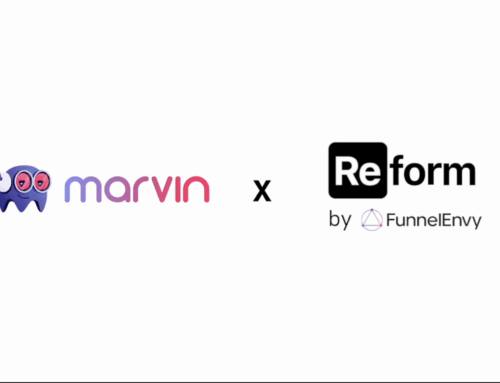If you’ve ever posted “should we gate this content?” in a Slack channel… you’re asking the wrong question.
The real issue isn’t gating. It’s assuming there’s a one-size-fits-all answer to a nuanced problem.
B2B marketers are constantly pushed to pick sides:
– “Gate everything.”
– “Ungate everything.”
And sure, those takes get attention on LinkedIn. But in real funnels — with real buyers, variable intent, and sales alignment challenges — the truth is more complicated.
Not Everyone Deserves a Form
Here’s the problem with traditional B2B gating: It assumes every visitor has purchase intent. That if they downloaded your white-paper, they’re ready for a demo. That’s just not true.
- Top-of-funnel visitors want to learn, not buy.
- Bottom-of-funnel buyers may want a pricing conversation, not a gated PDF.
- Everyone in between? They’ll bounce if the friction’s too high.
You’re not losing leads because your content isn’t good.
You’re losing them because you’re forcing all of them through the same door.
Content Gating ≠ Binary Decision
Instead of “gate or ungate,” think in terms of friction calibration.
Arun and David often recommend:
- Teaser Gates → Let the visitor preview, then ask for info
- Soft Gates → Start with minimal fields, expand based on engagement
- Progressive Profiling → Collect details over multiple visits
- Segment-Based Gating → Customize based on funnel stage or account data
The goal isn’t to collect every email. It’s to preserve the value of your best offers without burning visitors who aren’t ready yet.
What Gating Should Actually Signal
If your gating strategy isn’t helping you:
- Improve scoring
- Qualify for sales
- Or measure content impact on pipeline…
…it’s just adding noise.
That’s why David stresses starting small:
- Test form field count
- Analyze scroll depth + time on page
- Measure changes in MQL-to-SQL conversion
- Align with sales on what they define as “qualified”
This isn’t about if you gate — it’s about why, how, and what happens after.
Your Sales Team Already Has the Answer
Here’s a simple experiment:
Sit down with your SDRs or pull transcript data from a sales call platform. Ask:
“How many of these form fills were actually qualified?”
If the answer is “not many” — you’ve got a gating problem. Not a volume problem.
Sales needs signal, not just names.
The best gating strategies are co-created with sales, not handed off to them.
Don’t Kill the Gate — Fix the Strategy
Forget the binary debate. Gating isn’t the enemy — bad gating is.
The best B2B teams are:
– Running friction-based experiments
– Testing gating by funnel stage
– Looping in sales for feedback
– Prioritizing quality > volume
– Measuring everything against revenue, not form fills
Want to hear the full breakdown with Arun and David?
→ Watch the episode
Need smarter ways to qualify leads?
→ Download the Lead Conversion Playbook
Let’s audit your lead capture strategy
→ Book a call





